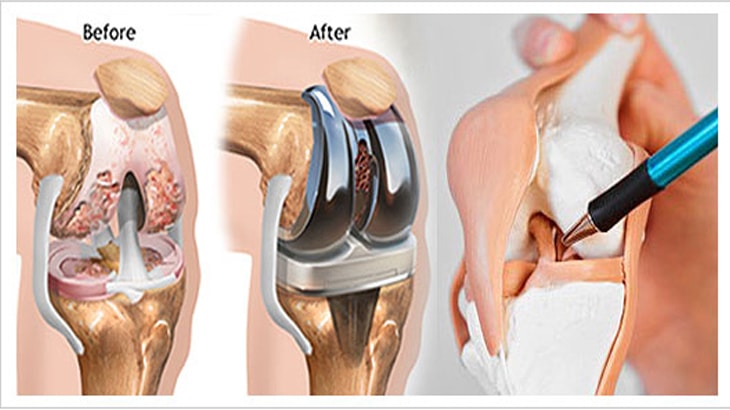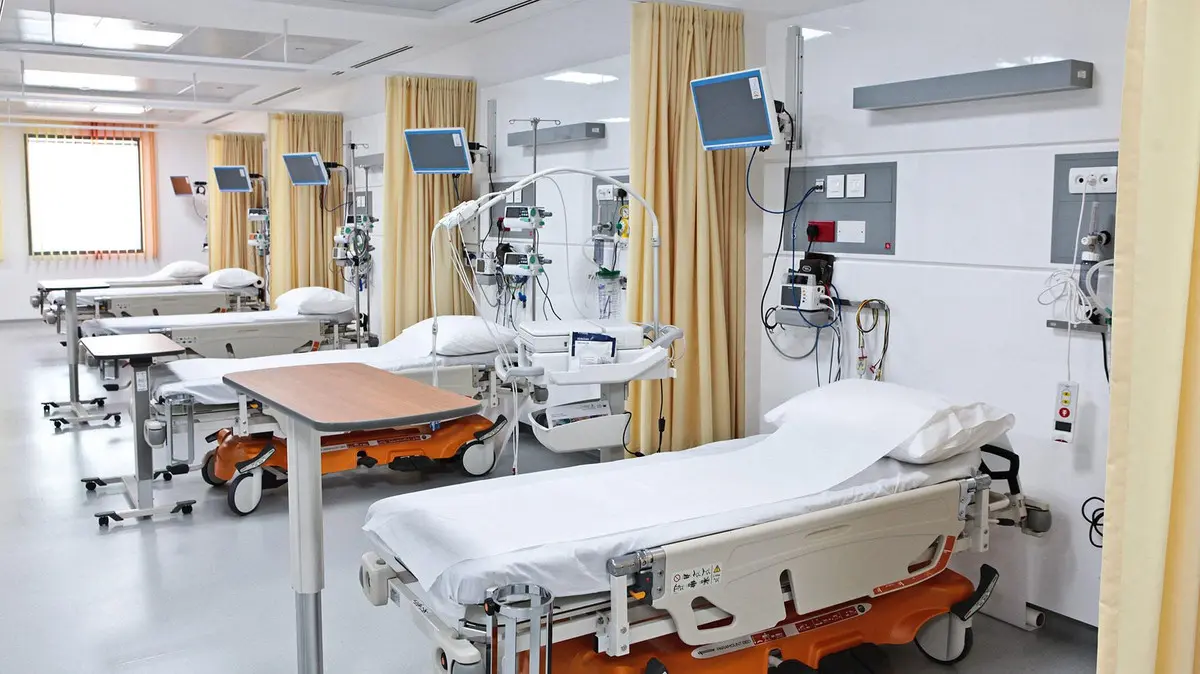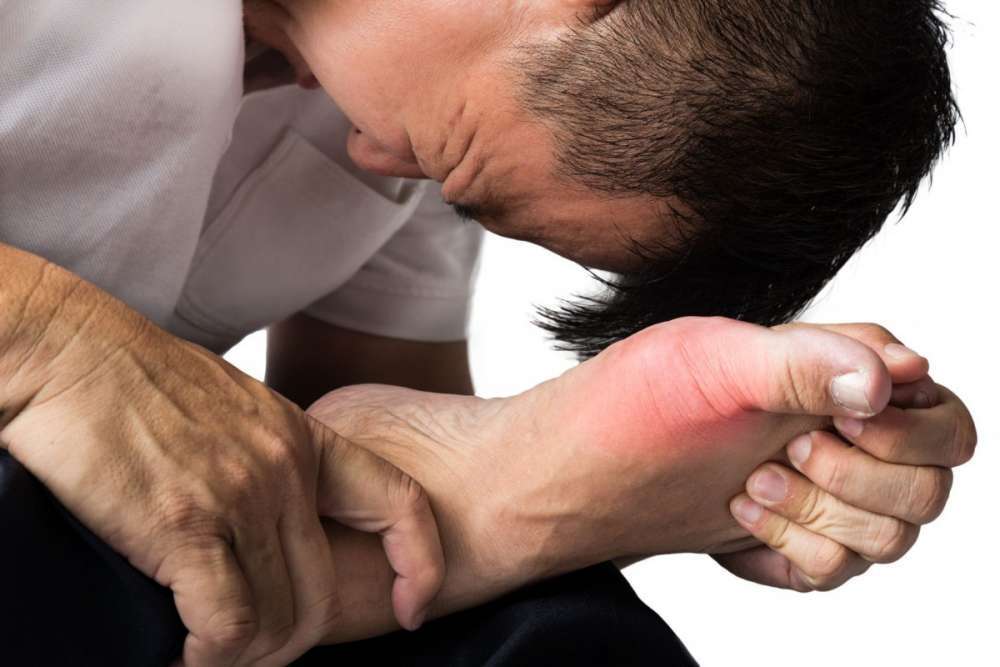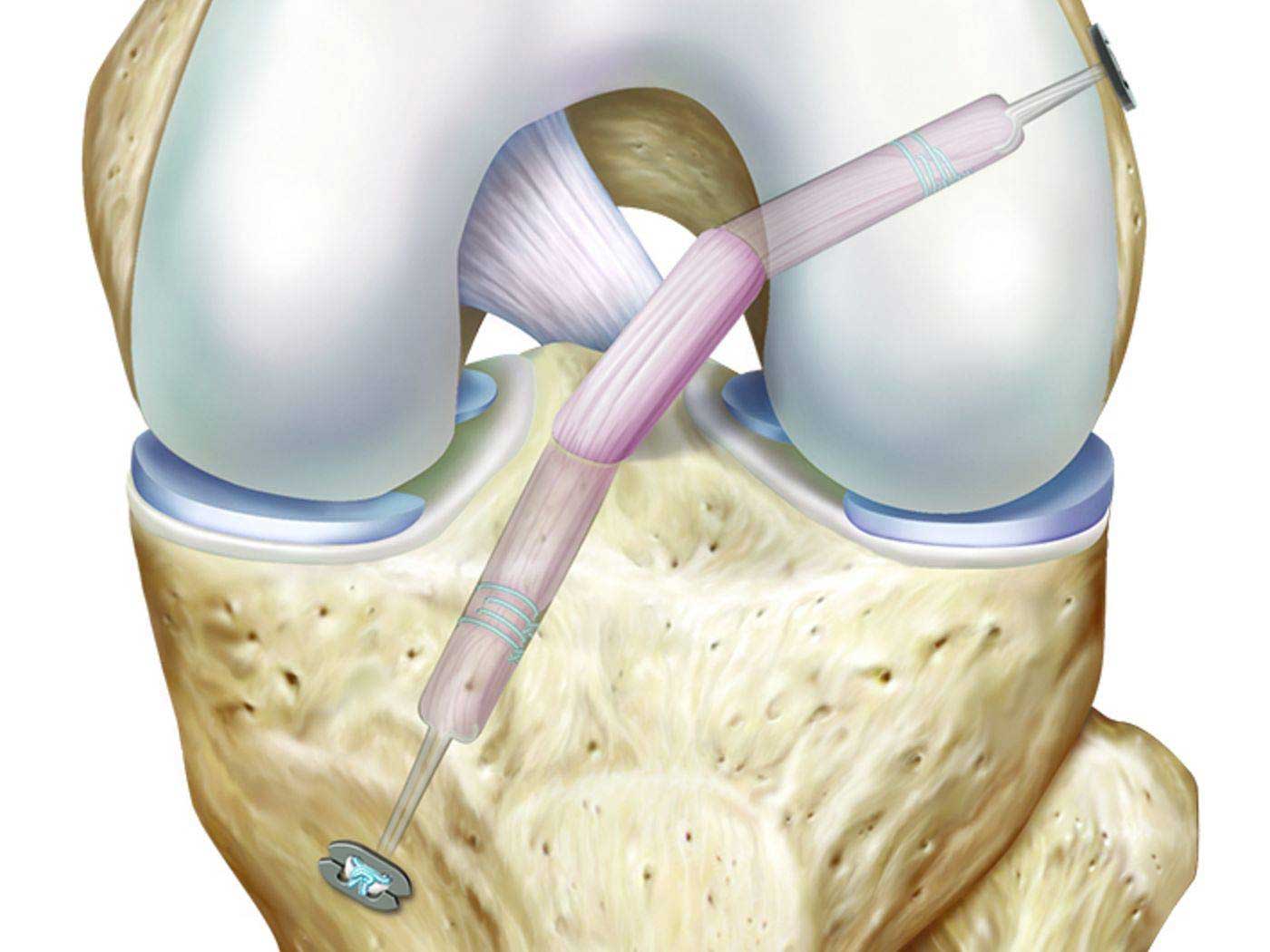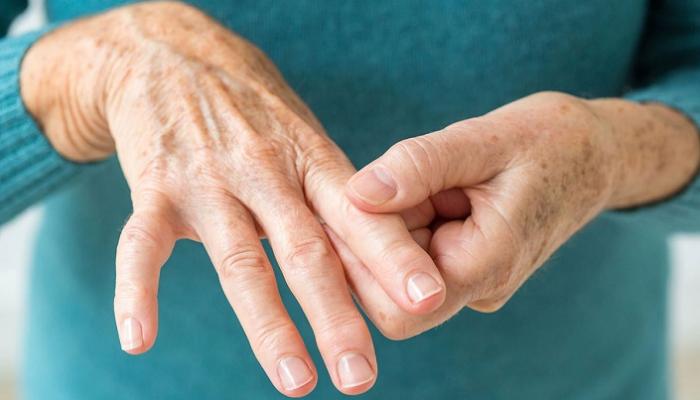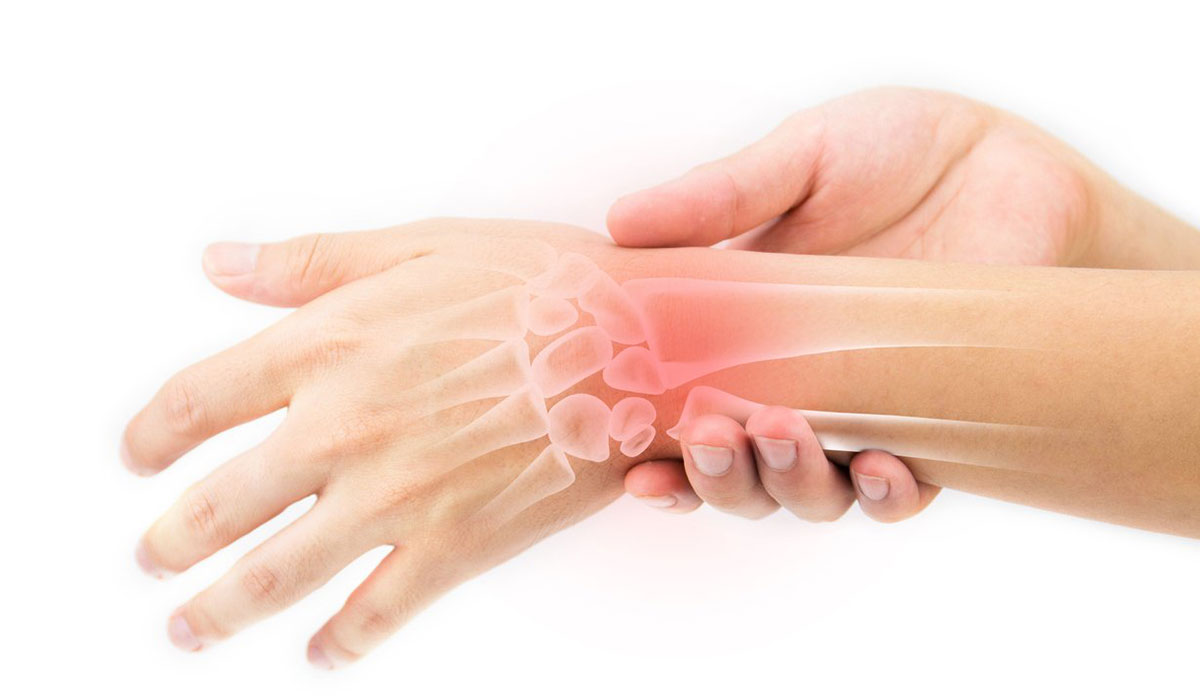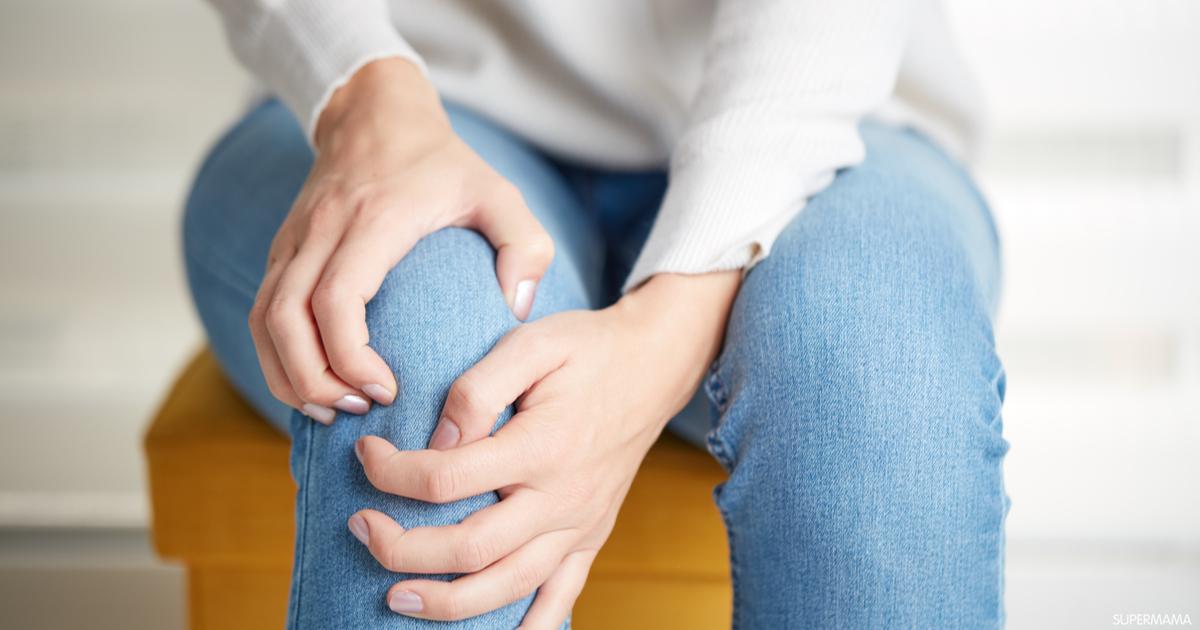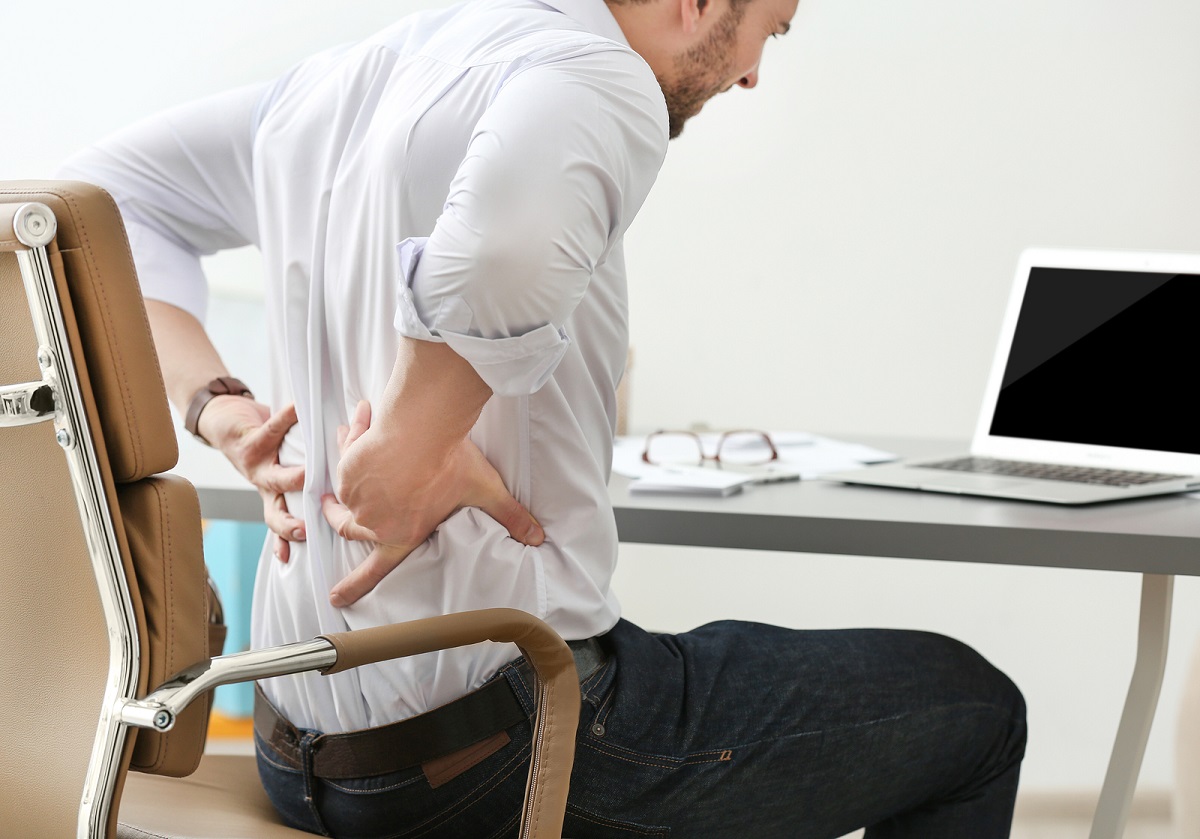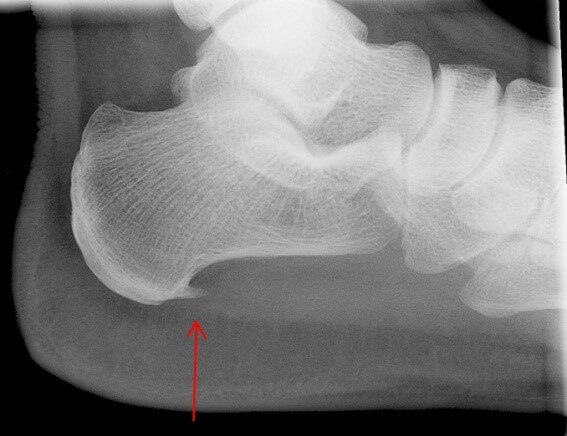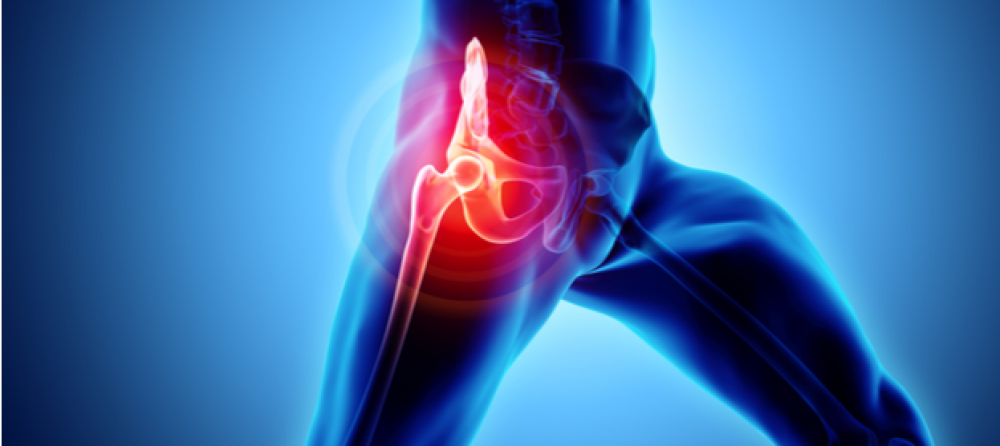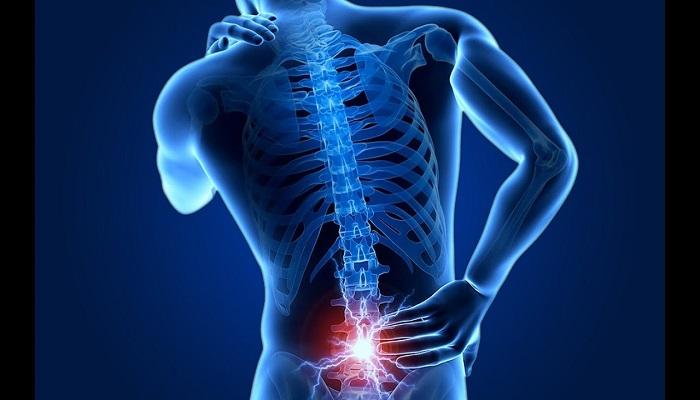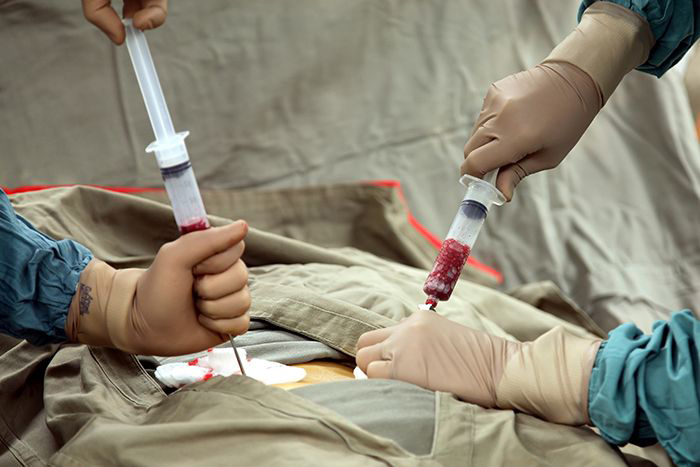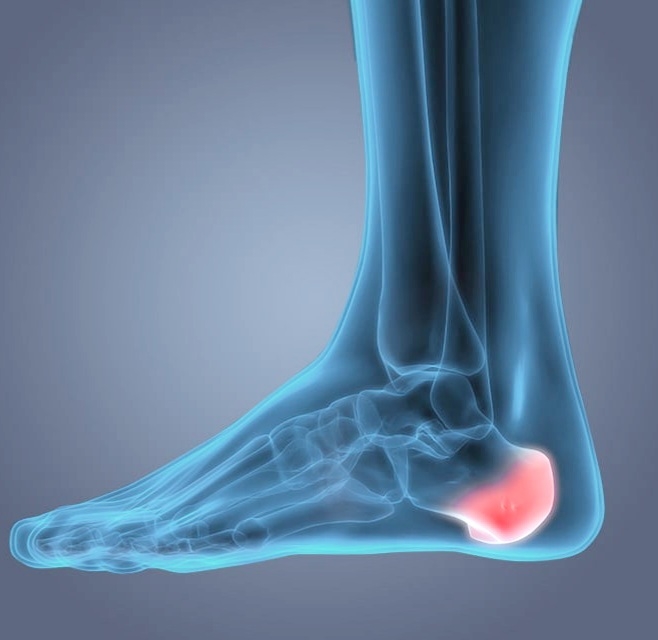Knee roughness and its treatment
Knee roughness is considered a disease that cannot be avoided in any way, as it affects the individual sooner or later, but many methods are followed to delay it as much as possible or reduce the severity of symptoms. Follow the article with us until you understand this topic more.
Knee roughness and its treatment
The chance of people getting knee roughness increases with age or overuse of the joints, meaning that there is no way to prevent it from happening, but it is possible to follow some methods to reduce its severity and prevent its development in the long term, and there are some methods that are done according to the instructions of a specialist doctor and others It can be done at home.
Does vitamin D deficiency lead to knee roughness?
Many studies have been conducted to find out the extent of the effect of vitamin D deficiency on knee roughness, and it has been confirmed that vitamin D has many benefits in the human body, in addition to its deficiency to a certain degree causing many problems for the individual and also increases the roughness of the knee and its pain becomes severe.
There are many ways through which an individual can obtain vitamin D, such as sunlight and exposure to it daily, or eating some foods rich in it, such as dairy, eggs, salmon, tuna, and mackerel.
Knee roughness treatment with oils
Oil treatment methods are the oldest and most widespread among many people, in addition to their often good effectiveness, ease of implementation at home, and low cost. Among the most popular oils used in the treatment are lavender oil, ginger oil, orange oil, turmeric, basil, and eucalyptus.
Where this method is used by mixing olive oil with one or more types of previous oils and warming it well on the fire, and the knee area is massaged well and then wrapped with a piece of cloth after that, and it is better to try the mixture initially on a small part of the skin to ensure that it is not allergic to it.
Knee roughness treatment with honey
Honey is one of the most popular types of anti-inflammatory that is known among many people and recommended by many doctors, and this is because it contains a large number of vitamins, antioxidants, and infections.
The honey treatment method is applied by boiling cinnamon, sweetening it with honey, and drinking it daily until the feeling of relief and tumors subside, in addition to the possibility of putting some water on honey and rubbing the knee with it well twice a day.
Treatment of knee roughness by medical methods
Natural therapy
Through this, some exercises are described that the individual performs in order to reduce the pressure on the knee joint and reduce friction and pain, as these exercises directly target the muscles and ligaments and work to strengthen them and increase their flexibility.
Physiotherapy exercises that the doctor prescribes differ from one case to another according to age, the extent of disease development, and weight, and if the patient suffers from obesity, he must lose excess weight to reduce the pressure on the joints.
In addition, it is indispensable for both cold and warm compresses, and they are used alternately with the other, as this greatly contributes to relieving inflammation and pain that affects the joints of the individual, and it also makes him able to move more easily without facing difficulty in that.
Pharmacotherapy
Pharmaceutical methods are not dispensed with in the treatment of knee roughness even while following any other methods of treatment, and this is due to their great role in reducing swelling and severe pain immediately until other methods yield results that are mostly in the long term.
There are many ways in which the drug treatment is taken, it may be in the form of tablets or creams that are applied to the knee, and in most cases, the doctor may inject the knee joint with some anti-inflammatory such as cortisones or hyaluronic acid.
Surgical treatment
When the previous methods are not effective in any way with the patient and do not relieve the pain he feels, in that case, surgical intervention is the best solution that can be followed in order to get rid of the pain, and the doctor removes the eroded tissues or bone spurs or completely changes the knee joint.
Causes of Knee roughness
Knee roughness affects both the elderly and the young, so it is not possible to escape from it in any way, but it is important to know its causes to try to delay its appearance as much as possible, and here are some of them:
- Excessive weight gain.
- Extreme laziness in movement and lack of regular exercise.
- Excessive overuse and stress of the knee joint.
- An infection in the knee joint may play a major role in the appearance of swelling and pain.
- An individual may develop knee roughness according to the family history of this disease through genes.
- Exposure to some fractures and injuries such as rupture of tendons and ligaments.
- Infection with a rheumatic disease such as rheumatoid.
- A congenital defect such as bowed legs.
What is knee roughness?
Knee roughness is defined as the severe pain that afflicts individuals when they move the knee joint due to the presence of severe infections in it, and the severity of these pains varies from one person to another, as it may be a simple pain that the patient feels uncomfortable, or it may be in the form of severe difficulty in standing or moving as a result of the increase in the severity of the pain.
Degrees of knee roughness
Stage 0 (normal mode)
At this stage, the individual does not show any symptoms, and the knee is in good health, in addition to the absence of any damage to the joints, and this does not make there any need to receive treatment.
Stage 1 (mild)
At this stage, a very slight erosion begins in the lower knee area, and this symptom may not be accompanied by any pain, and for this reason, treatment is not necessary, but some doctors may advise taking nutritional supplements and exercising regularly.
Stage 2 (simple)
An increase in the rate of wear in the knee joint is observed at this stage, and this can be detected by x-rays, and pain begins to appear, especially when sitting for long periods without rest, in the morning times, or during exercises.
This stage is very early in this disease and it is easy to deal with, as it is possible to follow non-drug treatment methods to relieve pain and inflammation, in addition to doing certain exercises in order to keep the joints in place or using knee braces.
Stage 3 (moderate)
The erosion of the surface of the cartilage between the bones is very clear at that stage, and this causes the spaces between the bones to narrow and each other, and this causes roughness, which appears more clearly in the case of movement in certain positions or in the morning periods or the issuance of a popping sound when walking.
Some analgesics can be used at this stage, which does not require medical advice in order to relieve pain and reduce inflammation, but if the pain cannot be tolerated, the doctor prescribes stronger medications or injects the joints directly from the inside.
Stage 4 (severe)
In this case, the distances between the joints become narrower than before, which causes severe erosion of the cartilage, and this causes increased friction, which causes the individual severe pain when he moves the joint, even by a small percentage.
The best treatment at this stage is through surgical methods, and this is through the doctor cutting the excess parts of the bones in order to reduce the pressure on the knee joint.
Knee roughness treatment for young people
When young people suffer from the roughness of the knee, it is possible to follow the therapeutic methods that were mentioned previously in order to relieve pain and symptoms, but it is better not to resort to a surgical solution in treatment unless it is necessary after exhausting all other methods of treatment to no avail.
Here are some tips for young people with knee roughness:
- Doing light exercise, such as walking.
- Avoid activities that require great physical effort in order to avoid increasing pressure on the knee joint.
- Do strengthening exercises that increase the strength of both the leg and thigh muscles.
- Take care to maintain an ideal weight and avoid obesity.
- Wear shoes that make the feet comfortable.
- Follow the doctor’s instructions exactly and take the medicines on time.
- If you notice any new symptoms, you should see a doctor immediately.
Causes of knee roughness in young people
- Suffering from excessive weight gain, which causes great pressure on the knee joint.
- Following wrong positions when sitting, such as squaring the foot for a long period of time.
- Muscle apathy and wear and tear of the knee joint in use.
- Not eating useful foods that contain adequate levels of calcium, vitamin D, and vitamin C.
- The injury of a family member with knee roughness may also be a big factor.
- Accident or severe collision.
Can knee roughness be cured?
There is no sure way to recover from knee roughness once and for all, so doctors prefer to detect this disease early in order to be able to deal with it and limit its development. The greater the start of receiving treatment, the easier it is for the individual to live his life normally without feeling any anxiety.



